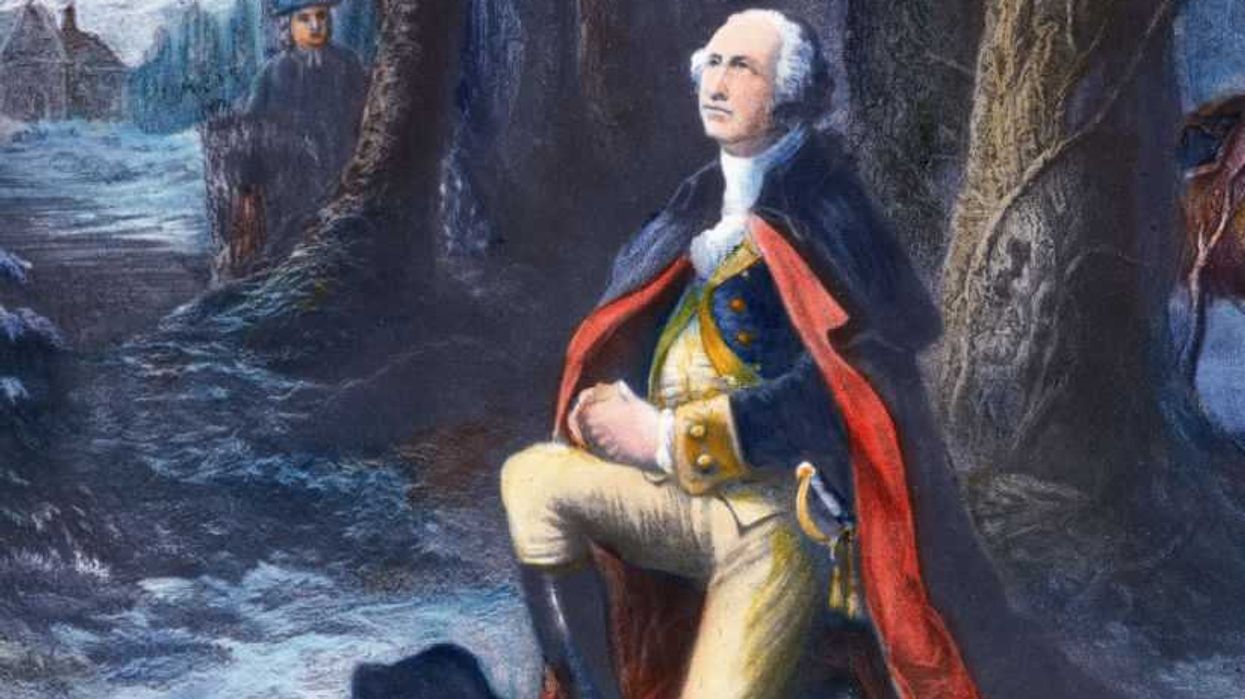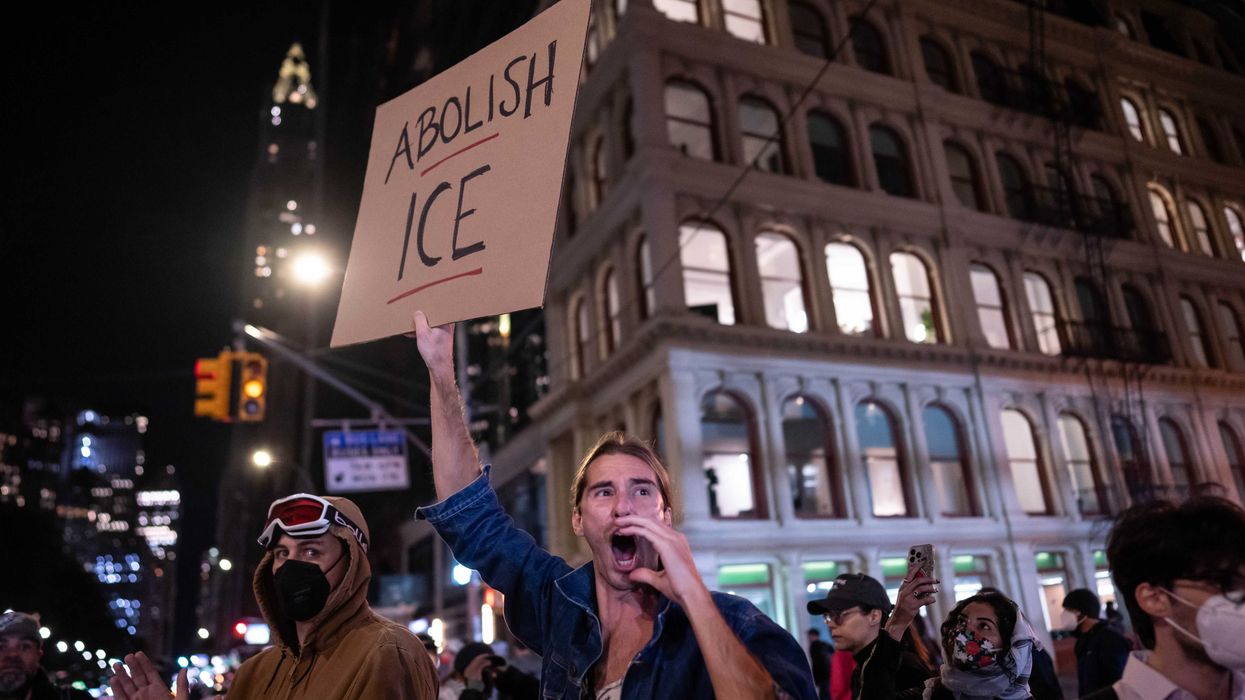Glenn had a tough time preventing his head from exploding listening to the agonizing soundbites from Obama's Teddy Roosevelt speech. One of the sections that stood out was where Obama claims the free market has never worked before in history.
Obama said:
Now, just as there was in Teddy Roosevelt's time, there is a certain crowd in Washington who, for the last few decades, have said, let's respond to this economic challenge with the same old tune. "The market will take care of everything," they tell us. If we just cut more regulations and cut more taxes – especially for the wealthy – our economy will grow stronger. Sure, they say, there will be winners and losers. But if the winners do really well, then jobs and prosperity will eventually trickle down to everybody else. And, they argue, even if prosperity doesn't trickle down, well, that's the price of liberty.Now, it's a simple theory. And we have to admit, it's one that speaks to our rugged individualism and our healthy skepticism of too much government. That's in America's DNA. And that theory fits well on a bumper sticker. But here's the problem: It doesn't work. It has never worked. It didn't work when it was tried in the decade before the Great Depression. It's not what led to the incredible postwar booms of the 50s and 60s. And it didn't work when we tried it during the last decade. I mean, understand, it's not as if we haven't tried this theory.
"Who is saying 'We need to cut more taxes, especially for the wealthy.' No one. Say a lie again," Pat said.
"The guy is a liar. He is a liar," Glenn said.
"I've never heard a speech in my life that has more lies in it. I don't think it's possible. I don't think it's possible. You've got to go back decades to find one. Almost every sentence in this speech has a lie or a half‑truth in it. That's tough today," Stu said.
"You know what he's talking about here? This is where it is so disingenuous," Glenn said.
Glenn explained that he was basically saying that Adam Smith's theories on the Invisible Hand are false because it just "never worked". Unfortunately, he's forgetting to couple "Wealth of Nations" with "The Theory of Moral Sentiments."
"("The Theory of Moral Sentiments") is the part that says there's something to do with the heart, there's something to do with moral sentiments, there's something to do with right and wrong. We've got to make sure we grow that. Otherwise the Invisible Hand will crush you! What do you say we put both parts of the theory together? America is great because America is good. The Theory of Moral Sentiments. Read it. Read it. He's right. The Invisible Hand, along with the Theory of Moral Sentiments. That's the part the president never gets. He never understands it. He never talks about the goodness of America, the goodness of its people, except in grotesque terms. He doesn't trust the American people. He just wants to give the American people a handout. He wants us to strive, strive to be middle class," Glenn said.
" You either believe in rugged individualism, you either believe in taking risks, you either believe in being ‑‑ in charting your own course, either that or ‑‑ either that or you're on the 'Road to Serfdom'."
"I'm a rugged individual. I'll go with my own failures, I will go with my own successes, and I will share my successes because I have the Theory of Moral Sentiments, I understand. I understand that I didn't make it alone. But I don't want a damn handout from anybody. And don't you come around me trying to take it away and trying to tell me how to do stuff."
And what about his claims that less regulation and lower taxes have never worked?
"Do you think it was the rich that were creating the metal and the lumber and the steel and the cotton and the leather and the paint and the rubber and the glass and the gasoline that went into cars in the Roaring Twenties? Autos roared, roared in the Roaring Twenties. They didn't fire all the cops and the teachers in 1920. They didn't do it," Glenn said.
"RCA changed the world with radio. Along with the radio came another invention, another idea: Advertising. Now you could hear Babe Ruth hitting home runs anywhere in the country while someone else was telling you about a product. That idea that roared in the Roaring Twenties, that's when people started to hear the voice of people all around the world. Conveniences like the telephone, been around forever, right? Edison brought us movies in 1880s. You know when they started taking off? Not 1885, not 1890, not 1910, not 1915, not 1919. In the 1920s. Wait a minute, that technology had been around since 1880. You know when? In the 1920s, that was the modern era of motion pictures. Cecil B. DeMille's Ten Commandments, Mickey Mouse and Walt Disney. Conveniences like the telephone, been around forever, but in the 1920s it became less expensive, more commonplace. More Americans in the 1920s had irons, vacuums, washing machines, refrigerators. All of these new products."
"Remember, the market never works. Never works."
"Oh, there was a demand for something else: Power. Huge power ‑‑ you think little spaceships came down with workers and we hired space aliens to build them? No. When somebody plugged in an iron, what did they have to have? Power. Unlike the temporary jobs or the low‑paying census jobs our government creates, per capita income increased 37%. Per capita income increased 37% from 1921 to 1929. Got it? The average person's salary went up 37% in eight years. The ‑‑ let me say it again. The average person's salary went up 37% in eight years."
"Now, what those people did with that income was invest it in paper and ridiculous schemes. That was their choice. But it was the free market that led to all of these innovations. Your life changed."

 AASHISH KIPHAYET / Contributor | Getty Images
AASHISH KIPHAYET / Contributor | Getty Images
 Harold M. Lambert / Contributor | Getty Images
Harold M. Lambert / Contributor | Getty Images Adam Gray / Stringer | Getty Images
Adam Gray / Stringer | Getty Images Anadolu / Contributor | Getty Images
Anadolu / Contributor | Getty Images